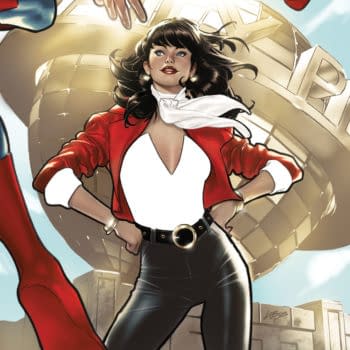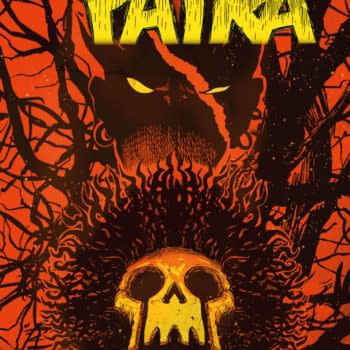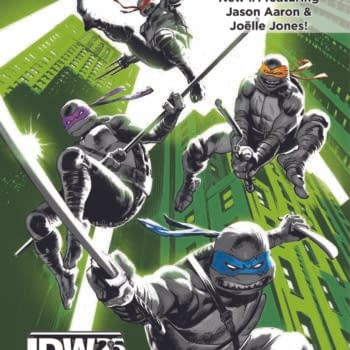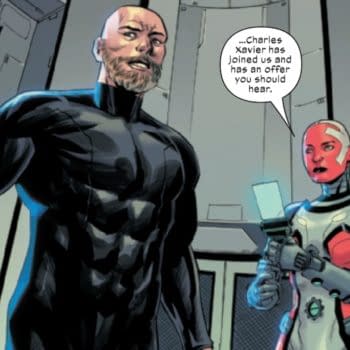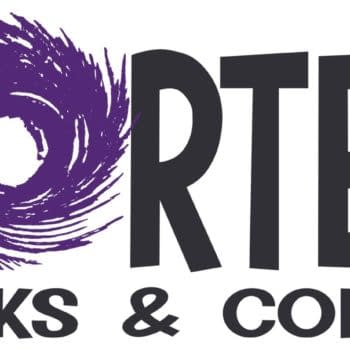Posted in: Comics, Denver Comic Con | Tagged: Comics, denver comic con, entertainment, manga, pokemon
Denver Comic Con '15: A Glimpse Into The Ecosystem – Pokemon, Cosplay, And Manga
By Madison Vankuren
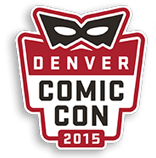
For the Pokemon fans (and there were many) Pokemonster was a must. This panel explored the colossal Pokemon empire that has grown to include video games, trading cards, movies/tv shows, comic books and toys. Beginning with it's creation by Satoshi Tajiri, the members of the panel proceeded to describe the pokemon in the world that he created. This was done primarily through means of the audience interactive game, "Who's That Pokemon?" The game covered pokemon from all six generations, and really seemed to be enjoyed by the audience, who participated enthusiastically. Overall it was a nice presentation, but it was tailored to a younger audience, and any true pokemon master may have found that they were already familiar with the information presented. Still, a pokemon pin for correctly answering "Who's That Pokemon?" is nothing to scoff at!

The final panel of the day for me was one that I had been particularly excited about – Understanding Manga. In this session, panel leaders detailed some of the key elements that make Japanese storytelling unique, and drew attention to stylistic distinctions that are common in Japanese manga. One of the more interesting these that the panel leader discussed was how the Japanese religion of Shinto played a role in storytelling. Just as a spiritual essence inserts themselves into rocks, trees, rivers, animals, places, and even people, Japanese manga artists seek to create opportunities in which the reader can insert themselves into a particular character or situation. This enables the reader to empathize with the character, and enhances the story overall. Another style which is commonly practiced is using panels with no dialogue. The imagery in these panels provides another chance for the reader to insert themselves into the story, and intensifies emotions felt by the character. Overall, the panel has really impacted the way I read manga. When I'm reading a story, and a panel of pure action is presented, I take the opportunity to analyze how the artist drew the character, and really try feel what it is the artist is trying to convey. It has made the experience of reading manga all the more enjoyable! Also, I'm fairly certain the The Fairly OddParents Cosmo and Wanda attended the panel, disguised as Macbooks!










